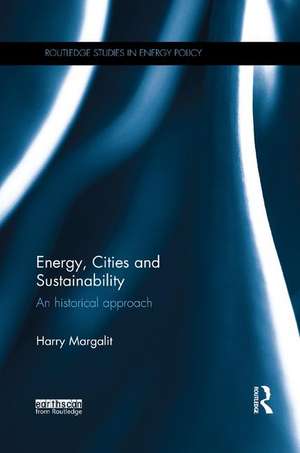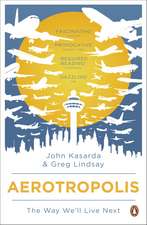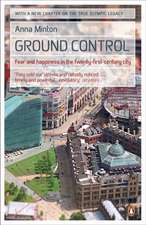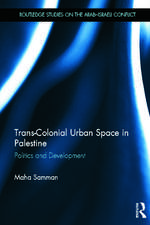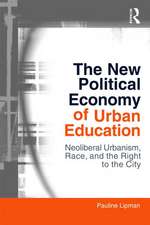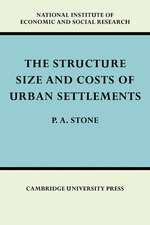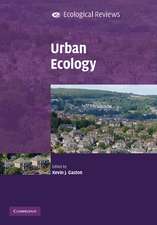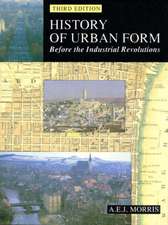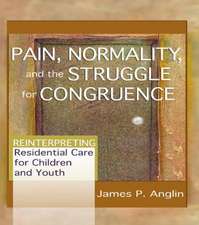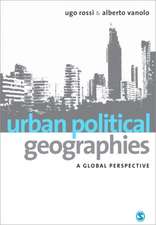Energy, Cities and Sustainability: An historical approach: Routledge Studies in Energy Policy
Autor Harry Margaliten Limba Engleză Paperback – 21 dec 2017
| Toate formatele și edițiile | Preț | Express |
|---|---|---|
| Paperback (1) | 449.41 lei 6-8 săpt. | |
| Taylor & Francis – 21 dec 2017 | 449.41 lei 6-8 săpt. | |
| Hardback (1) | 1054.75 lei 6-8 săpt. | |
| Taylor & Francis – 3 mar 2016 | 1054.75 lei 6-8 săpt. |
Din seria Routledge Studies in Energy Policy
-
 Preț: 288.00 lei
Preț: 288.00 lei -
 Preț: 449.41 lei
Preț: 449.41 lei -
 Preț: 449.41 lei
Preț: 449.41 lei -
 Preț: 396.29 lei
Preț: 396.29 lei -
 Preț: 322.97 lei
Preț: 322.97 lei - 14%
 Preț: 323.46 lei
Preț: 323.46 lei -
 Preț: 449.41 lei
Preț: 449.41 lei - 21%
 Preț: 144.26 lei
Preț: 144.26 lei -
 Preț: 385.92 lei
Preț: 385.92 lei -
 Preț: 389.38 lei
Preț: 389.38 lei -
 Preț: 389.38 lei
Preț: 389.38 lei -
 Preț: 389.00 lei
Preț: 389.00 lei -
 Preț: 416.22 lei
Preț: 416.22 lei -
 Preț: 382.65 lei
Preț: 382.65 lei -
 Preț: 389.31 lei
Preț: 389.31 lei -
 Preț: 387.75 lei
Preț: 387.75 lei -
 Preț: 389.66 lei
Preț: 389.66 lei -
 Preț: 381.98 lei
Preț: 381.98 lei - 20%
 Preț: 259.98 lei
Preț: 259.98 lei - 18%
 Preț: 259.98 lei
Preț: 259.98 lei - 18%
 Preț: 1005.80 lei
Preț: 1005.80 lei -
 Preț: 384.09 lei
Preț: 384.09 lei - 18%
 Preț: 1002.18 lei
Preț: 1002.18 lei
Preț: 449.41 lei
Nou
Puncte Express: 674
Preț estimativ în valută:
86.02€ • 93.47$ • 72.31£
86.02€ • 93.47$ • 72.31£
Carte tipărită la comandă
Livrare economică 21 aprilie-05 mai
Preluare comenzi: 021 569.72.76
Specificații
ISBN-13: 9780815359067
ISBN-10: 0815359063
Pagini: 208
Ilustrații: 10 Line drawings, black and white; 7 Halftones, black and white; 8 Tables, black and white; 25 Illustrations, black and white
Dimensiuni: 156 x 234 x 11 mm
Greutate: 0.45 kg
Ediția:1
Editura: Taylor & Francis
Colecția Routledge
Seria Routledge Studies in Energy Policy
Locul publicării:Oxford, United Kingdom
ISBN-10: 0815359063
Pagini: 208
Ilustrații: 10 Line drawings, black and white; 7 Halftones, black and white; 8 Tables, black and white; 25 Illustrations, black and white
Dimensiuni: 156 x 234 x 11 mm
Greutate: 0.45 kg
Ediția:1
Editura: Taylor & Francis
Colecția Routledge
Seria Routledge Studies in Energy Policy
Locul publicării:Oxford, United Kingdom
Public țintă
PostgraduateCuprins
Introduction 1. Energy and urban formation in the pre-modern city 2. The great transition: From solar sources to fossil fuels 3. The modern city emerges 4. 20th century transformers: Wars, suburbs, commodities 5. Critiques of progress and ideas of sustainability 6. Shifting production and consumption: Developing economies 7. Speculations on urban form, energy and sustainability
Notă biografică
Harry Margalit is an Associate Professor in Architecture at the University of New South Wales, Australia.
Descriere
This book examines changing energy use across history, analysing the origin and significance of the industrial revolution to reveal how the modern city came into being. It is useful for researchers, academics and policymakers in the areas of planning, energy policy, environment and sustainability.
